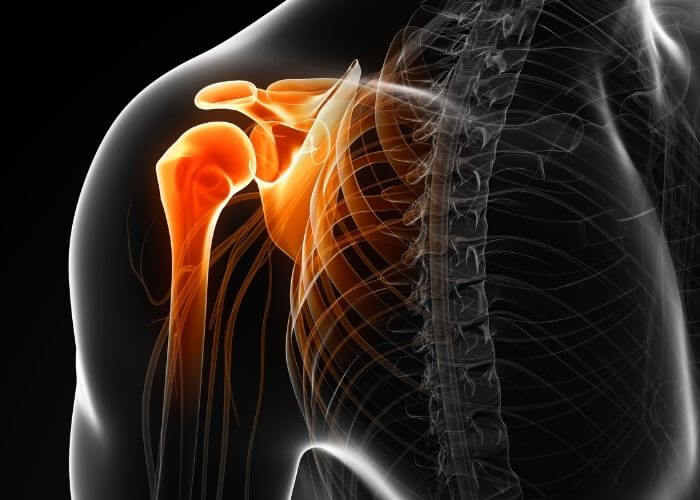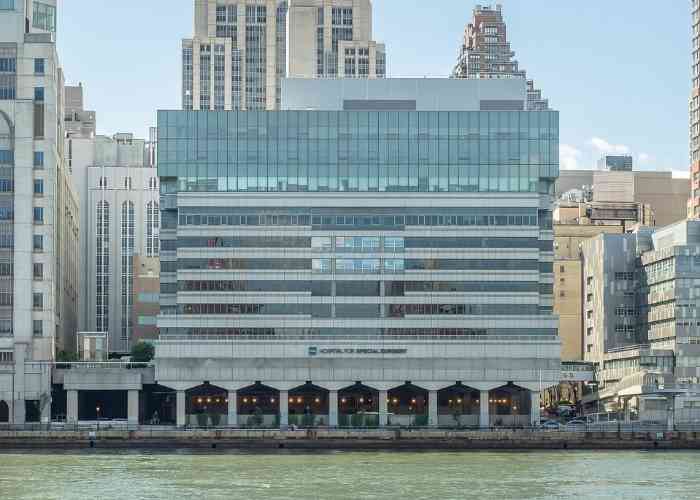What is a rotator cuff injury?
The rotator cuff is a group of four muscles and tendons within the shoulder joint and extends to the top portion of the humerus (upper arm bone). These muscles and tendons allow the shoulder joint to move in several directions; however, there is only limited stability, keeping the head of the humerus firmly within the socket. Due to this lack of stability, the rotator cuff is frequently torn or injured as a result of a traumatic event such as falling onto an outstretched hand or a sports-related injury. Dr. Answorth A. Allen, orthopedic shoulder specialist serving patients in Manhattan, New York City, Westchester, Long Island and surrounding areas, has the knowledge and understanding, as well as substantial experience in treating patients who have experienced a rotator cuff injury.

What are the symptoms of a rotator cuff injury?
Pain within the shoulder joint is the most common complaint of a rotator cuff injury. Other symptoms include:
- Shoulder weakness
- Sharp pain with activities involving reaching overhead or behind the back
- Radiating pain from the shoulder into the arm
- Worsening pain at night, especially with sleeping on the affected shoulder
How is a rotator cuff injury diagnosed?
A comprehensive medical history and physical examination will be obtained by Dr. Allen to diagnose a rotator cuff injury. Diagnostic testing, including x-rays. Although a rotator cuff tear will not show up on an X-ray, this test can visualize bone spurs or other potential causes of pain, such as arthritis. Magnetic resonance imaging (MRI) can provide information about rotator cuff tears such as the size, depth (or thickness) tendon retraction, and tear shape which can influence treatment selection and will help determine the prognosis. An MRI may also be needed to identify any other damage to the structures within the shoulder joint. In addition, Dr. Allen may request an arthrogram, an imaging study that uses injected dye to assess any damage to the blood supply within the shoulder joint.
What is the treatment for a rotator cuff injury or tendinitis?
The goal of any treatment is to reduce pain and restore function. There are several treatment options for a rotator cuff tear, and the best option is different for each individual. In planning the best treatment, Dr. Allen considers the patient’s age, activity level, general health, and the type of tear that has occurred.
There is no evidence of better results from surgery performed near the time of injury versus later. For this reason, Dr. Allen will typically recommend conservative management of rotator cuff tears with physical therapy and other nonsurgical treatments.
Non-surgical treatment:
Mild rotator cuff injuries often resolve with conservative therapy only. A combination of rest, ice, and non-steroidal anti-inflammatory medications are recommended to reduce pain and inflammation associated with this injury. If rest, medications, and physical therapy do not relieve pain, an injection of a local anesthetic and a cortisone solution may be helpful. Cortisone is a very effective anti-inflammatory medicine; however, it is not effective or recommended for all patients. Immobilization of the shoulder joint with a sling can prevent overhead movements that might exacerbate the injury. Once the pain and inflammation have decreased, Dr. Allen will recommend a physical rehabilitation program aimed at strengthening the muscles and tendons of the rotator cuff.
Surgical treatment:
For patients with severe rotator cuff injuries, or if conservative therapy was unsuccessful, Dr. Allen may recommend a minimally invasive surgical procedure known as an arthroscopic rotator cuff repair, which utilizes a small camera (arthroscope) to view the muscles and tendons of the rotator cuff. The damaged portions of the tendons are removed and reattached with specialized surgical instruments. The arthroscopic approach for rotator cuff repair employs smaller incisions and decreases the recovery period for patients to return to their normal activities.
Surgery to repair a complete rotator cuff tear most often involves re-attaching the tendon to the head of the humerus (upper arm bone). A partial tear, however, may need only trimming or a smoothing procedure called debridement
Good candidates for arthroscopic rotator cuff repair include:
- Symptoms that have lasted 6 to 12 months or longer
- Large tears(more than 3 cm) and the quality of the surrounding tissue is healthy
- Significant weakness and loss of function in the shoulder
- The tear was caused by a recent, acute injury.
You can learn more about Rotator Cuff Tears and their effect on shoulder stability by watching the YouTube video below:
Rotator Cuff Tear Specialist

Have you experienced a recent traumatic fall that caused pain or injury to the shoulder? If so, you may have damage to the rotator cuff. The rotator cuff provides movement and strength to the shoulder, but it can be easily damaged. Shoulder expert Doctor Answorth Allen provides diagnosis and treatment for patients in Manhattan, New York City, Westchester, Long Island and surrounding areas who have sustained an injury to the rotator cuff. Contact Dr. Allen’s team today!






